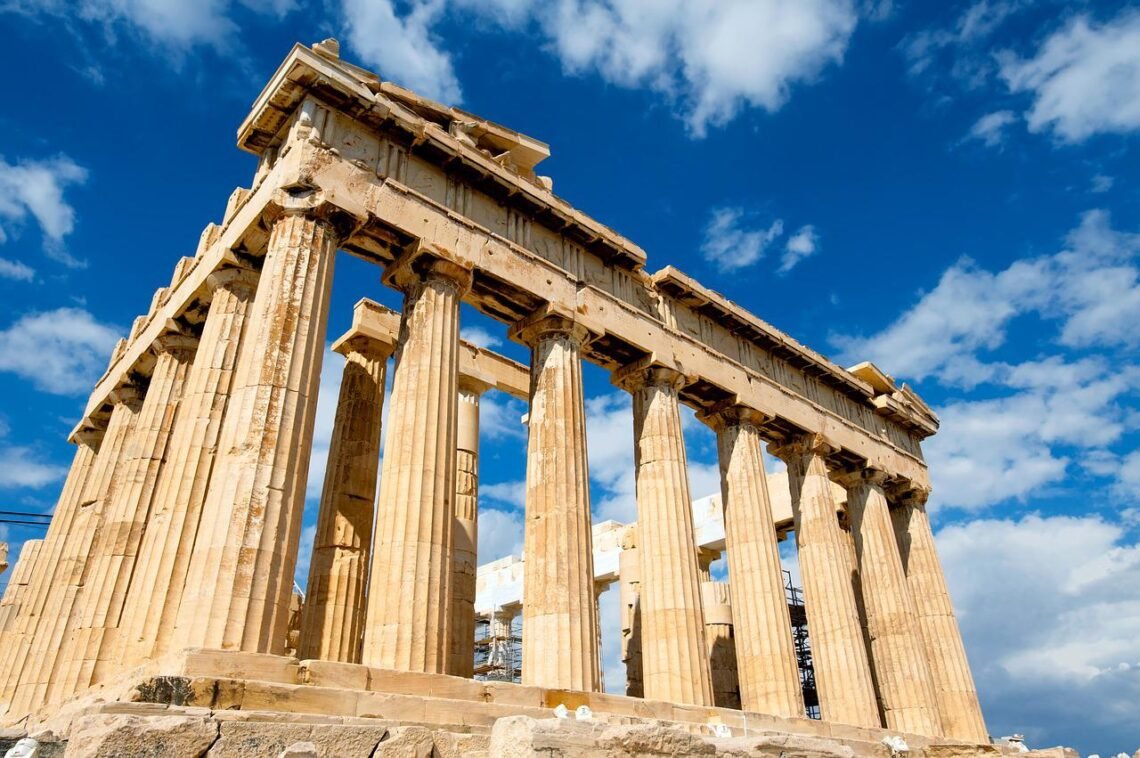
15 Things to Visit in Athens (Greece)
If you’re anything like us, visiting the birthplace of civilization will make you feel like a kid in a candy store. We could eat as many Doric and Ionic temples, statues, vases, and Archaic figures as we wanted without getting bored. The voting disks from ancient Greek courts can be shown in museums, and you can enter the Theatre of Dionysus, the very location where Euripides and Aristophanes performed their plays, or stroll through the Agora knowing that your path will be the same as that previously travelled by Plato and Socrates. However, Athens is much more than just an archaeological site. From the modern city’s maze of concrete buildings to Plaka, a maze of lanes built over ancient Athens’ residential areas, Athens is much more than just an archaeological site. Hills like Mount Lycabettus and Philopappos Hill punctuate the cityscape, giving you a sense of the terrain and allowing you to see the Acropolis from its rocky perch. Let’s examine the top activities in Athens:
- Erechtheion
- Benaki Museum
- Panathenaic Stadium
- Mount Lycabettus
- Acropolis Museum
- Acropolis
- Temple of Olympian Zeus
- Parthenon
- National Archaeological Museum
- Ancient Agora of Athens
- Museum of Cycladic Art
- Museum of the Ancient Agora
- Temple of Hephaestus
- Temple of Athena Nike
- Plaka
Erechtheion
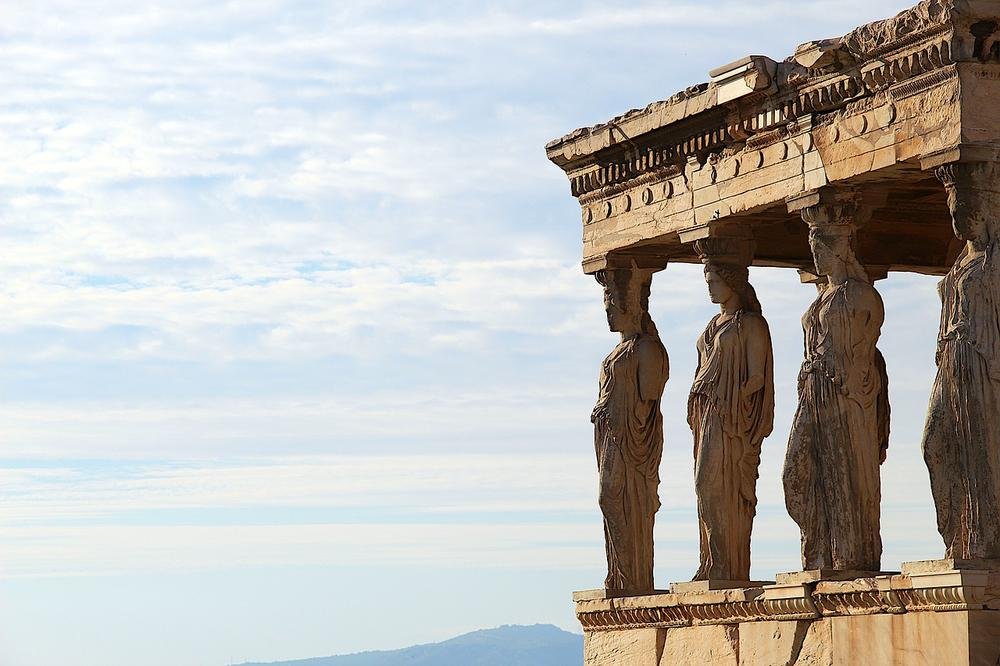
A temple dedicated to Athena and Poseidon was constructed in the Ionic Order from 421 to 406 BC on the north side of the Acropolis. This structure served many purposes after antiquity, including a Byzantine church, a mansion during the Frankish era, and much later, a home for the harem of an Ottoman commander. The southern Porch of the Maidens, which serves as the Erechtheion’s defining feature, is a must-see. This was carved by Callimachus or Alcamenes, and it contains six superb caryatids supporting its roof. The caryatids that are on display right now are castings, while five originals can be seen in the Acropolis Museum and one in the British Museum.
Benaki Museum

The Benaki Museum was established in 1930 by art collector Antonis Benakis and offers a nearly comprehensive chronology of Greek history and culture. In honour of his late father Emmanuel, a well-known politician who had passed away the previous year, he founded the institution. You can trace the development of Greek art from ancient times to the present on three floors. Surprisingly sophisticated Neolithic vases can be found on the ground floor, together with Classical art, Archaic ceramics, and figurines. The first floor, which is rich in religious symbols and illustrations of traditional clothing, takes you through the late Byzantine era and Ottoman authority. The top floor of the building contains artwork, records, and weapons from the Greek War of Independence against the Ottoman Empire from 1821 to 1829 following the cafeteria on the third floor.
Panathenaic Stadium

Erected for the 1896 Olympics, the Panathenaic Stadium is a modern reconstruction of an ancient stadium built for the Panathenaic Games in 330 BC. The Athenian Roman senator Herodes Atticus would recreate that historic monument in marble 200 years later. The Panathenaic Stadium, which has a U-shaped design, is a nearly perfect reproduction of the structure from the second century BC and, like its historic forebear, is made entirely of marble. During the 2004 Athens Olympics, it hosted the archery competitions and served as the finish line for both the men’s and women’s marathons, attracting attention from all around the world. The Acropolis and the National Garden can be seen from the stadium’s top tiers, which can accommodate 45,000 spectators.
Mount Lycabettus
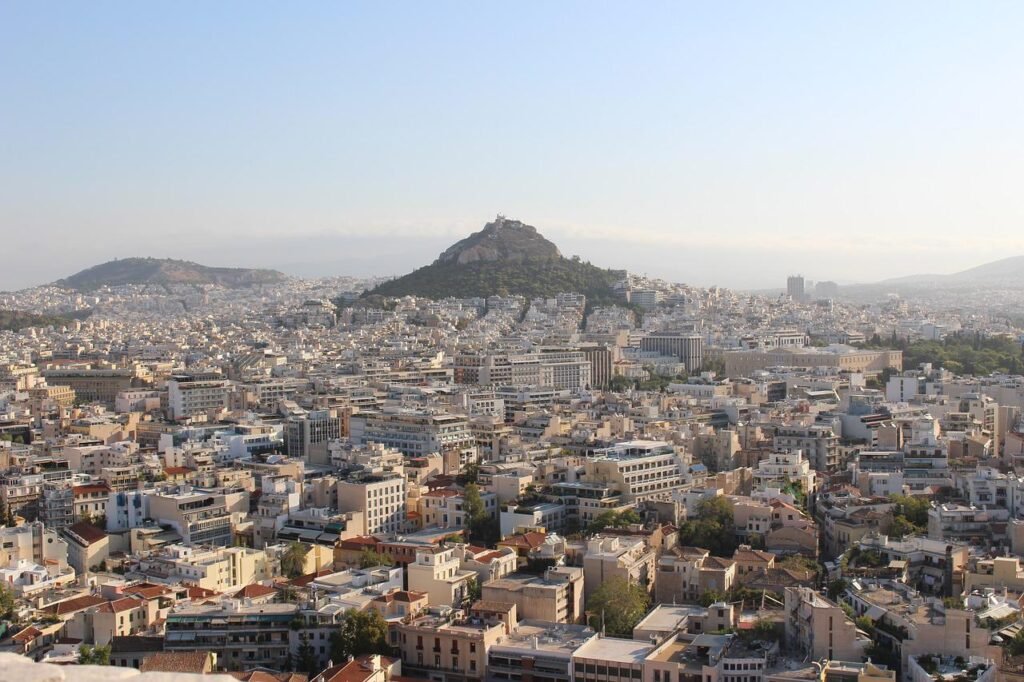
In contrast to Athens’ most well-known peak, Mount Lycabettus is free to hike up, however, you can alternatively take a funicular to the top. This cretaceous limestone peak, which rises to a height of 300 meters northeast of the city centre, is covered in pine trees on its lower slopes but becomes sparser as you got closer to the craggy summit. The funicular runs every hour and a half; the hike is better saved for the sweltering Athens summer. You can take your time identifying the Acropolis, the Temple of Olympian Zeus, the Piraeus Coast, and peaks like Pentelicus, which provided the marble for the Acropolis, and the towering Parnitha to the north, from the best view of the city that awaits you at the top.
Acropolis Museum
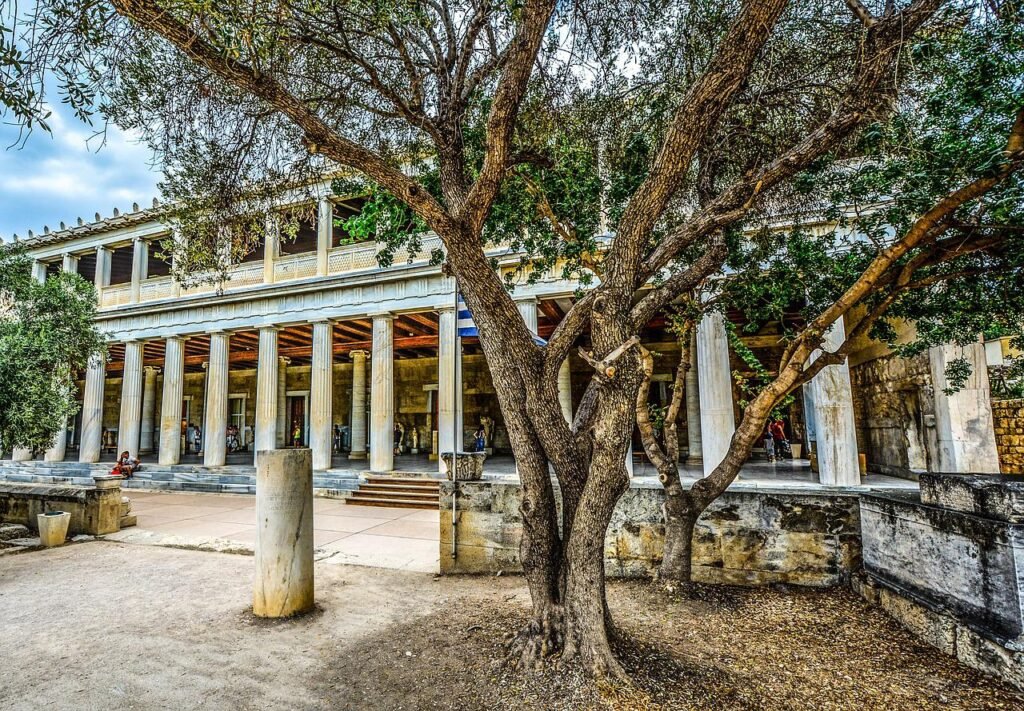
The Acropolis Museum, designed by Swiss architect Bernard Tschumi, was inaugurated in 2009 to display the enormous number of artefacts found on the Acropolis archaeological site. The museum is built over old ruins and is cleverly situated to give you constant views of the Parthenon. A large portion of the ground floor features glass panels and open spaces, displaying the foundations below. Visitors are guided chronologically through the ages on three floors, beginning with the archaic discoveries made on the hill in a sizable trapezoidal hall that also contains artefacts from the Erechtheion, the Propylaea doorway, and the Temple of Athena Nike. After that, you ascend to a hall with the same size, column spacing, and orientation as the temple to marvel at the Parthenon’s marble pediments and frieze (including metopes). The journey then heads back down, passing through early Christian and Roman Athens.
Acropolis
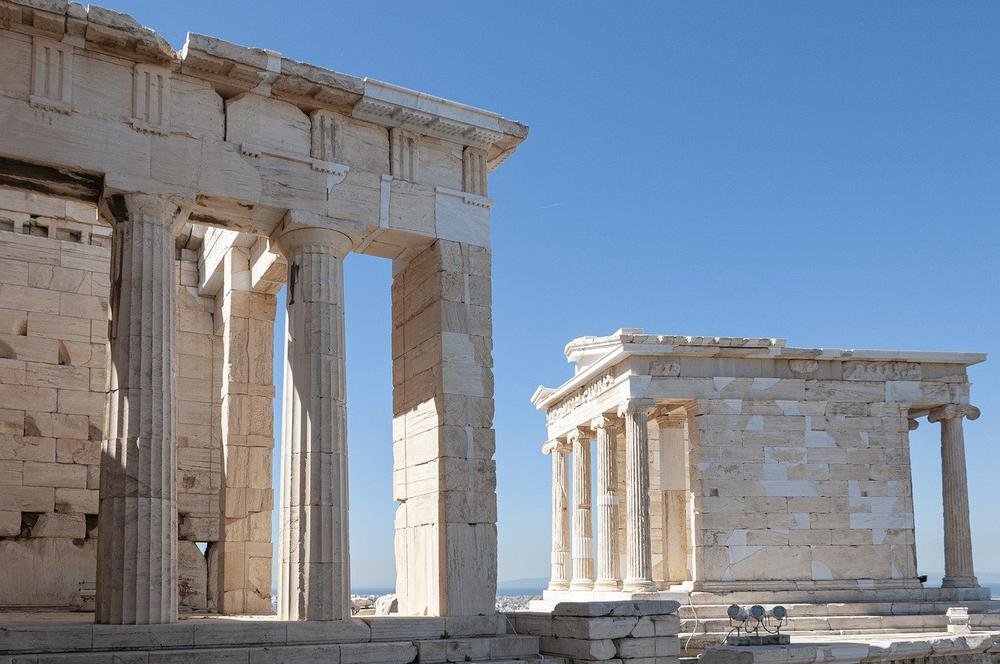
There is nothing we can say about the historic citadel of Athens that hasn’t already been spoken about. People wait their entire lives to visit the famous Classical landmarks atop the Acropolis, which is perched on an abrupt rocky protrusion above the city. The Parthenon is undoubtedly the highest of these, but you must also visit the Propylea, the Erectheion, and the Temple of Athena Nike. If you hire a registered guide, you may skip the lines and learn fascinating insider information about ancient Greek democracy and philosophy. Until you reach the flat summit, the going is steep and treacherous on worn-out marble. Be ready for cranes and scaffolding, which are understandably necessary for a World Heritage Site.
Temple of Olympian Zeus
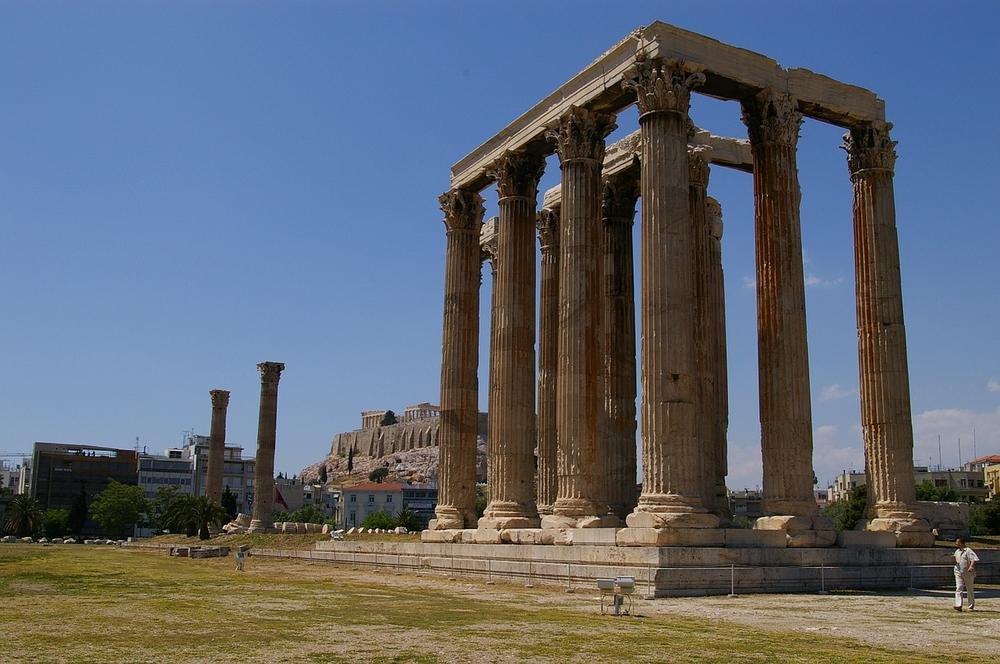
Although not much of this temple to the east of the Acropolis is still intact, what is there is more than enough to demonstrate its former size. Construction of the Temple of Olympian Zeus began in the sixth century BC and was not finished until the reign of Emperor Hadrian in the second century AD. The prevailing order of the period was Corinthian, and the original 104 columns’ 15 surviving ones had scrolls and acanthus motifs. A little over a century after it was finished, the temple was destroyed during the Herulian sack of Athens in 267, and the stone from it was quarried for other structures throughout the city.
Parthenon
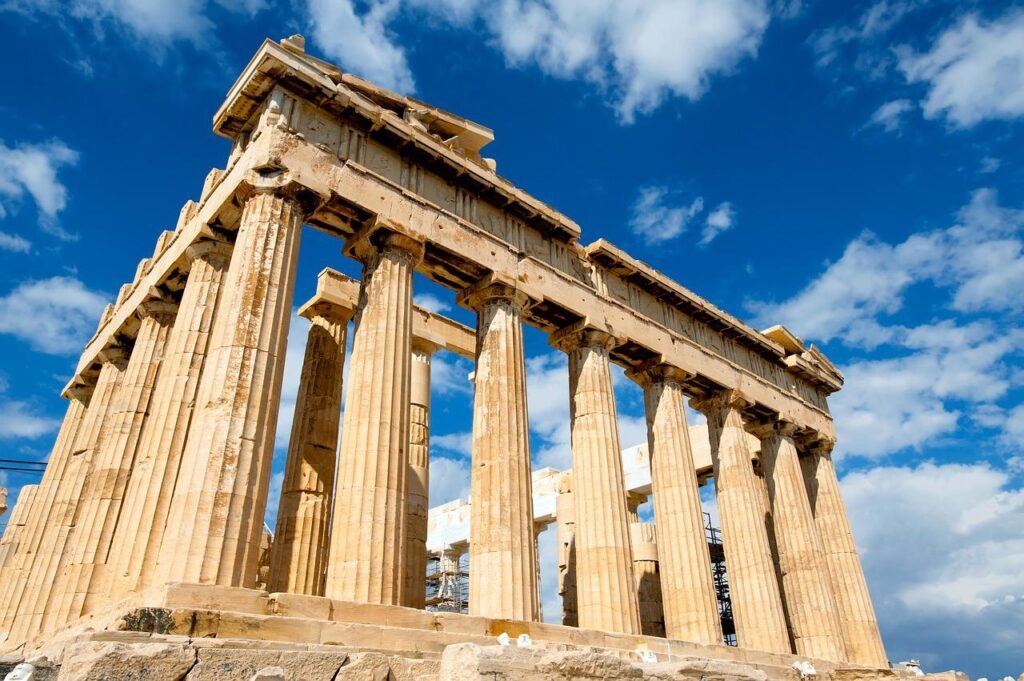
The Parthenon is a representation of western civilization and Athenian democracy. It is regarded as the pinnacle of the Doric Order and the most significant edifice to survive to the twenty-first century in Classical Greece. When the Athenian Empire ruled the Aegean in 447 BC, construction on the Parthenon, a temple dedicated to the goddess Athena, began. It was a city treasury when Ictinus and Callicrates co-designed it at that time. In the sixth century, it was converted into a church, and in the 1460s, it became a mosque. Sadly, The Earl of Elgin stole numerous sculptures from the Parthenon at the beginning of the 18th century. He eventually sold them to the British Museum, where they are still on display today. The centrepiece of the Acropolis Museum that comes after is the remaining original frieze and pediment sculpture.
National Archaeological Museum
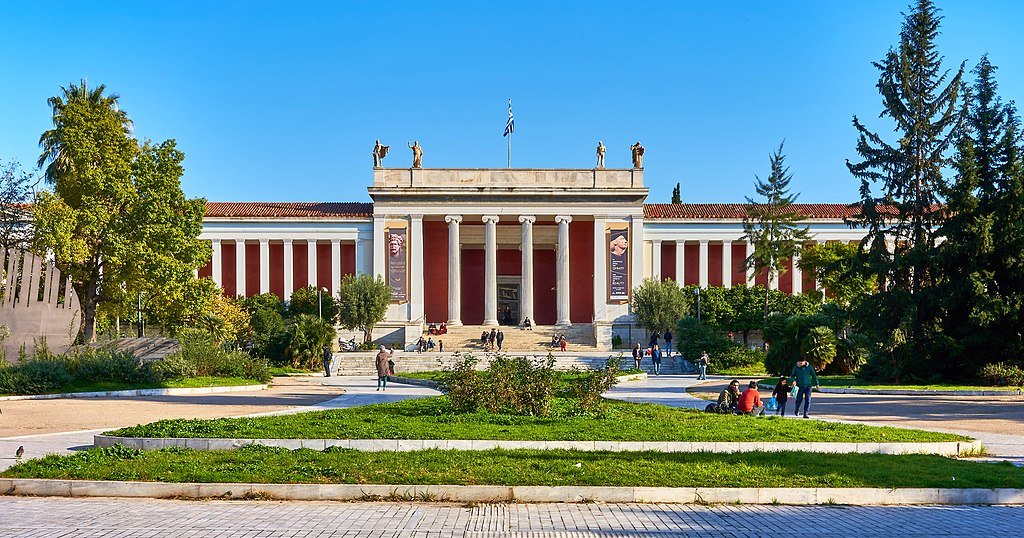
It is appropriate that the National Archaeological Museum in Athens is among the biggest and most comprehensive in the world given that it is a genuine wonderland of ancient art. Star exhibits that have captivated scholars for decades are crammed into the galleries. Consider the artefacts recovered from the Antikythera wreck, which was discovered in 1900 and dates to the 4th century BC. This resulted in the creation of the reflective Philosopher’s Head and the Antikythera Mechanism, the world’s earliest analogue computer. The Mask of Agamemnon is another example. It is a gold funerary mask from the 16th century BC that was probably created for Mycenaean royalty but was too early for Agamemnon. See also the Jockey of Artemision, a captivating statue of a racehorse from 150–140 BC, the Eleusinian sculpture from the 5th century BC, and Bronze Age frescoes from the islands of Santorini and Thera.
Ancient Agora of Athens
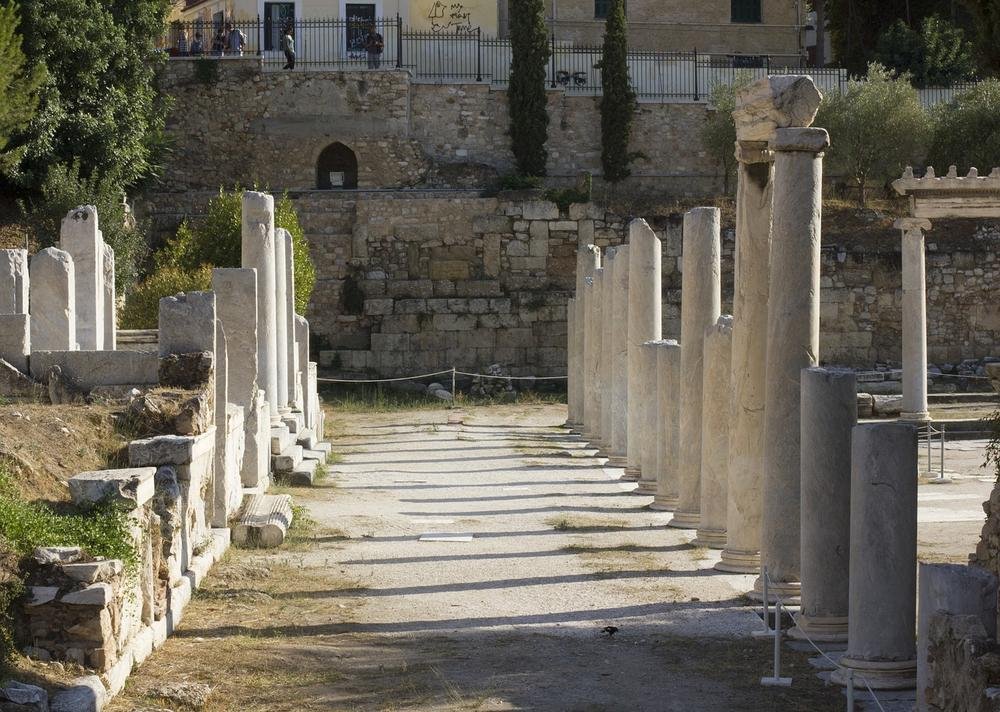
The Agora, which was the hub of Classical Athens and was designated for trade and public assemblies, is surrounded by the Acropolis to the southeast and the Agoraios Kolonos hill to the south. It is a vast site with the ruins of more than 30 buildings and monuments that were originally planned in the sixth century BC. Get a map, move slowly, and let your mind wander. Or, you may engage a tour guide to explain the customs that were once practised where you are now, such as ostracism, in which possible threats to the state were forcibly exiled.
Museum of Cycladic Art
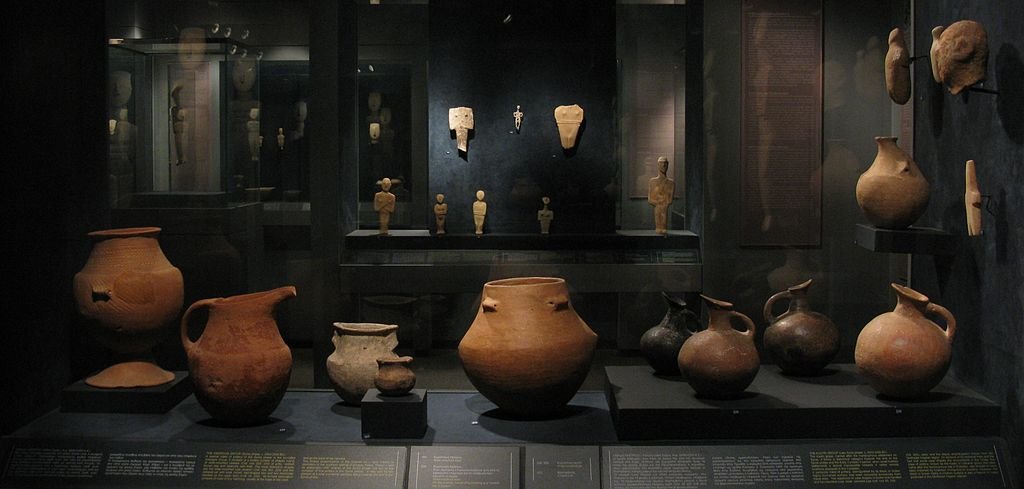
The couple Nicholas and Dolly Goulandris acquired the largest collection of prehistoric artwork from the Cycladic Islands in the Aegean starting in the 1960s. This was sufficient by the 1980s to fill a museum, which opened in 1986. More than 3,000 works of Cycladic, Ancient Greek and Cypriot art from the years 3,000 to 4th century BC are on display at the museum. The Cycladic marble figurines, though, are what garner the most praise. If you appreciate modern art, you might detect startling parallels between their clean, abstract lines and pieces by Giacometti and Henry Moore.
Museum of the Ancient Agora
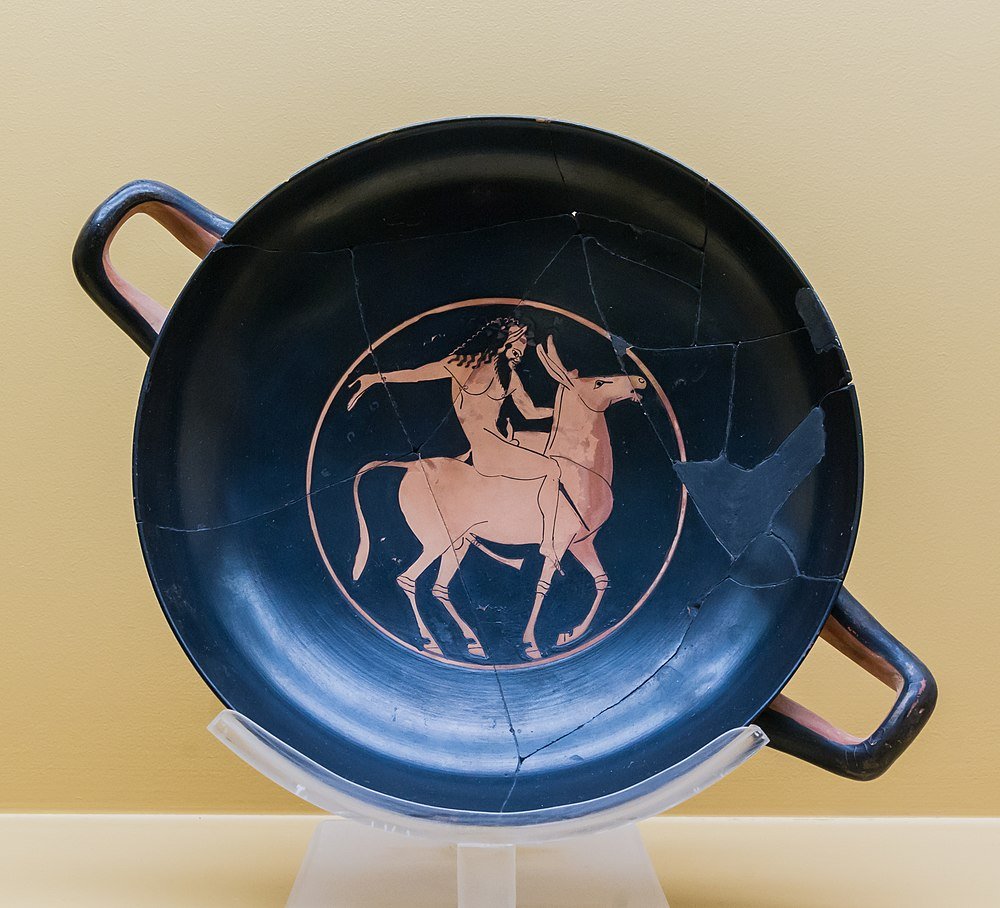
The Stoa of Attalos, one of the Agora’s antiquities, underwent a complete reconstruction in the 1950s. Attalos II initially constructed this covered walkway in the middle of the 2nd century BC, but Hercules destroyed it in 267. The new structure, which houses the Museum of the Ancient Agora and displays the artefacts discovered during local excavations by the American School of Classical Studies, was constructed as faithfully as possible to the archaeological knowledge of the time. Neolithic, Bronze, Iron, and Geometric era figures, weapons, and vases that were retrieved from tombs and wells are waiting for you. You may also examine some fascinating artefacts from the Classical and Late Classical eras of Athens democracy, like an official bronze weight, ceramic shards from ostracism ballots (ostracon), measuring tools made of clay, and bronze and lead ballot disks that were previously used in trials.
Temple of Hephaestus
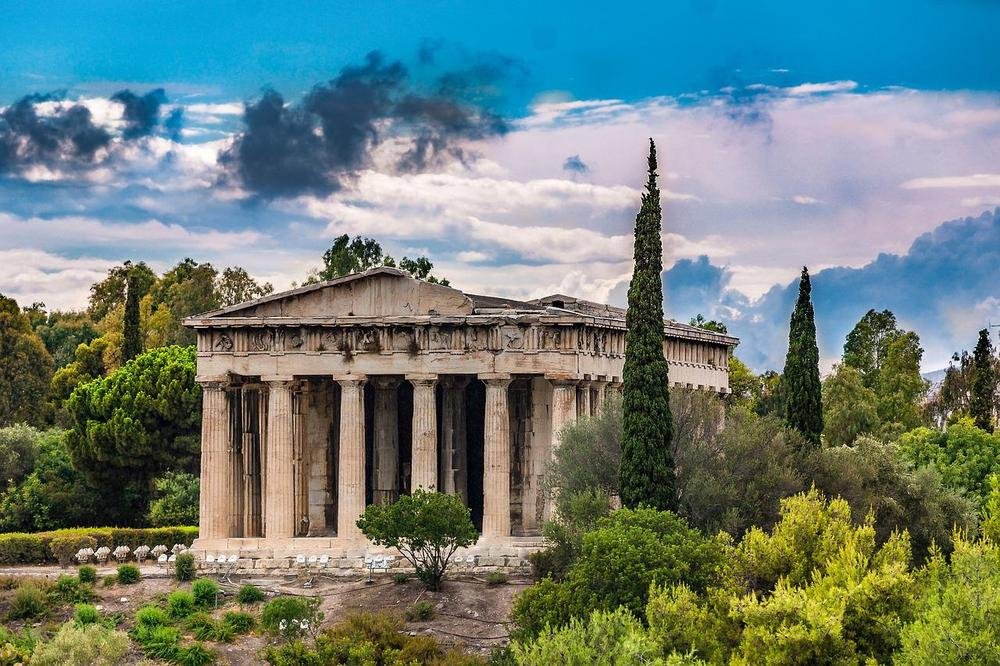
The Temple of Hephaestus, a Doric peripteral temple in a remarkable condition of preservation, is perched atop the 65-meter-high Agoraios Kolonos hill on the northwest side of the Agora of Athens. It took three decades longer to complete because resources and labour were diverted to the Parthenon. It was built in the second half of the 5th century BC. The temple, which Ictinus designed, was built in honour of Athena and Hephaestus, an ancient deity of fire, metalworking, forges, sculpture, and stonemasonry. It features 13 fluted columns on its north and south sides and six on its west side. You can also make out plenty of sculpted elements, from the Labour of Hercules on the metopes on the east side to the pronaos and opisthodomos, which show Theseus with the Pallantides and the battle of Centaurs and Lapiths.
Temple of Athena Nike
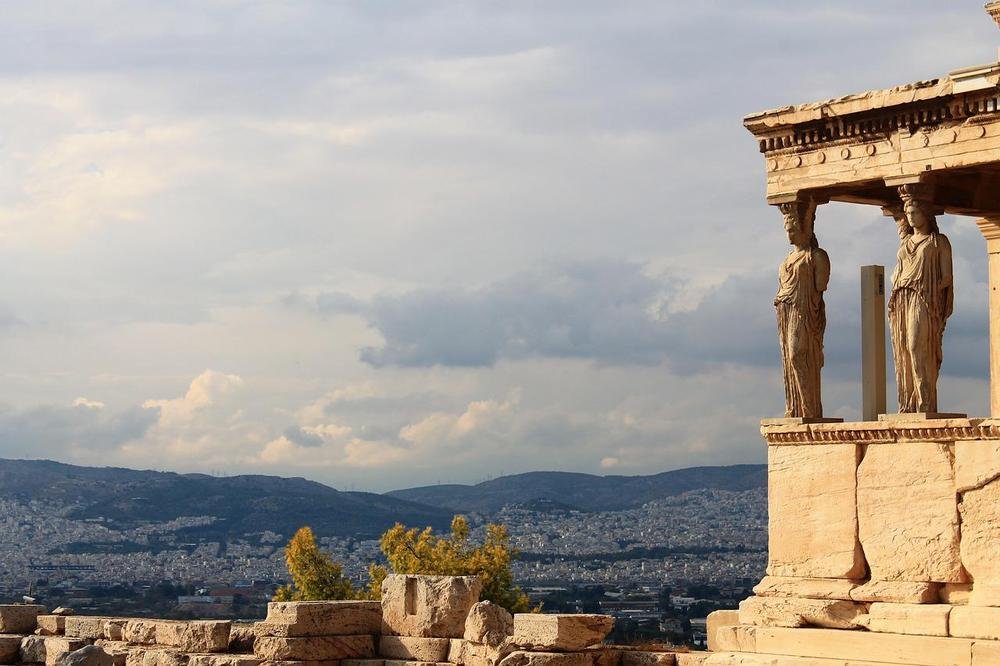
The Temple of Athena Nike, which dates to 420 BC and is located in a prominent position on a bastion on the southeast slope of the Acropolis, was the hill’s first full Ionic Order temple. It is the most recent of several Athena Nike temples on the Acropolis; the first was obliterated by the Persians in 480 BC. A tetrastyle Ionic temple designed by Callicrates, this building has four tastefully slender columns on its front and back porticos that feature distinctive Ionic volutes or scrolls. The exquisite wet drapery sculpture of the goddess tying her sandal is on exhibit at the Acropolis Museum along with fragments of the frieze and relief that surrounded the parapet below.
Plaka

Plaka, which is located on top of the residential areas of old Athens under the shadow of the Acropolis, serves as a contrast to both the quiet ancient temples and the congested modern metropolis. A neighbourhood of narrow, winding lanes with 19th-century buildings decorated with blooming bougainvillaea in the summer may be found there. Every family-run store in Plaka has something enticing to offer, from ceramics to musical instruments to handcrafted jewellery to speciality food stores filled to the brim with olives and spices. And Plaka is a top choice for food and nightlife, whether you want to grab a gyro or settle down to a meze. Anafiotika, a steep whitewashed neighbourhood inhabited during Otto of Greece’s 19th-century reign when labourers relocated here for the renovation of King Othon’s Palace, is located beneath the rocky northeastern slope of the Acropolis.


